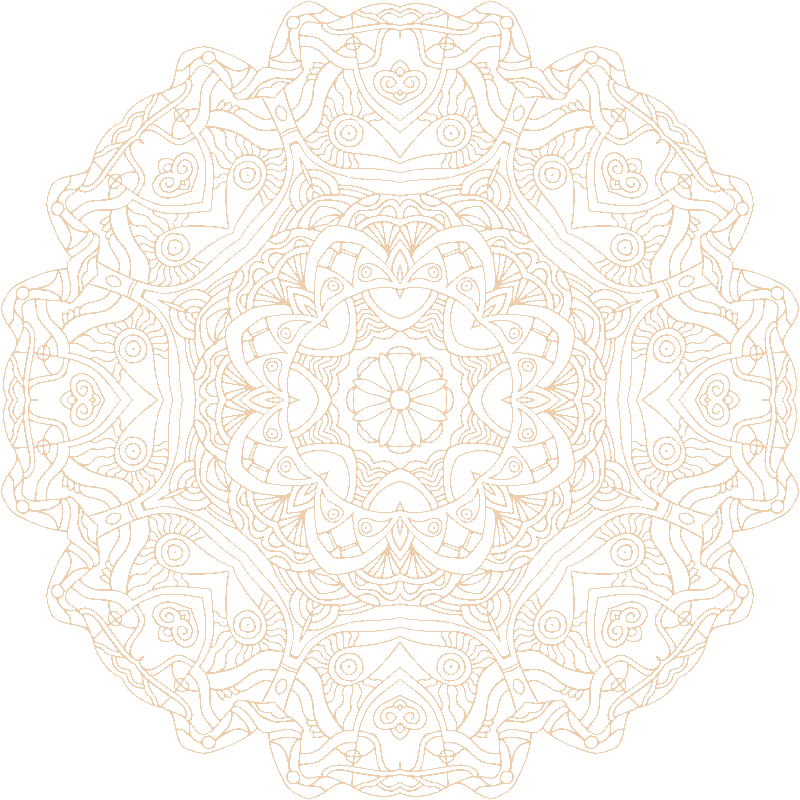Bahrain Overview
The past and the future clash in wonderful sceneries, relaxed private beaches, impressive constructions and a sizzling, lively atmosphere. To make sure you grasp a little bit of everything this Gulf island has to offer, you need to discover what Bahrain was and where it is heading. Start by walking down the heritage path to unravel the mysteries of Bahrain’s rich history. From the Dilmun Civilization, to the Portuguese reign, the Islamic era and the fascinating evolution of the pearl industry, Bahrain’s past will leave you in awe, as its relicts will lay in front of your eyes.
Discover ancient architecture, engulf in the spirituality of the mosques and indulge your senses with the most fascinating traditional dishes in one of the many souqs.
Bahrain also offers one of the most thrilling shopping experiences you could ask for. As an economy that built its foundation on the pearl industry long before oil was discovered, this is the perfect place to go in search of the most exquisite pieces of jewelery. The modern side of the island also offers you state-of-the-art malls, where opulence invites you to wander and be amazed.
Not only does Bahrain boast of its desert heritage but it takes immense pride in being an island as well. This means taking a walk along its gleaming beaches, cruising the clear waters on a yacht and getting your adrenaline high with an abundance of water sport activities to choose from. The luxury beach resorts in Bahrain allow for private access to the pristine waters which will leave you sun – kissed and wanting to come back for more.


Before the meteoric rise of the UAE and Qatar, Bahrain was the reference destination in the Middle East and its national airline Gulf Air, the predecessor of Emirates, Etihad and Qatar Airways. Now, some of the best known international brands are present on the island as well as a healthy collection of home grown and regional groups.
The Bahraini people are very hospitable and friendly and this shows in the service and details that you will receive in the hotels across the island.


- Four Seasons Hotel Bahrain Bay
- Ritz Carlton, Bahrain
- Jumeirah Royal Saray Bahrain
- Sofitel Bahrain Zallaq Thalassa Sea & Spa
- Westin City Centre Bahrain
- Movenpick Hotel Bahrain
- The Art Hotel
- The Merchant House
- Al Aren Palace & Spa
Bahrain Cuisine
It is interesting to note how food habits vary according to nations and is aligned to climatic needs and cultural inheritance of the countries in question. The island country of Bahrain is a melting pot of different cultures and traditions, and while it has embraced the influences of different cultures that have taken shelter in it, its indigenous food stand intact and preserved over the years. BTW takes a bird’s eyes view of the traditional fare of Bahrain that makes the cuisine of the land so popular with both the original inhabitants as well as the expat population of Bahrain.
Bahrain’s traditional food includes fish, meat, rice, and dates. One of the most famous Bahraini dishes is machboos, which is made up of meat or fish served with rice. Another known food is muhammar which is sweet rice served with dates or sugar.
Bahrainis also eat other Arabian food such as falafel, fried balls of chickpeas served in a bread, and shawarma, lamb or chicken carved from a rotating spit and wrapped in pita bread. Traditional snacks include samboosa and pastry. Balaleet is a sweet saffron noodles served with a savory omelet on top.
Another important part of the Bahraini diet is the fresh fish of the Gulf, of which the king is the Hamour (grouper), typically served grilled, fried, or steamed. Other popular local fish include Safi (rabbit fish), Chanad (mackerel), and Sobaity (see bream). Most of the time, fish is eaten with rice. A century of British rule in the Gulf has also made fish and chips popular in Bahrain.
Another delicacy is Qoozi (Ghoozi), which is grilled lamb stuffed with rice, boiled eggs, onions and spices. The traditional flatbread is called Khubz. It is a large flatbread baked in a special oven. Numerous Khubz bakeries dot the country.
Coffee, called Gahwa locally, is considered a part of the traditional welcome in Bahrain. It is usually poured into a coffee-pot, which is called dalla in Bahrain. It is served in a small cup made for coffee called finjan. An important aspect of Bahraini cuisine is certainly the desserts. The most popular Bahraini desserts include baklava, halwa, kunafa, umm alli, and so on.
Saying that, as an international destination, almost every global cuisine is available either in the hotels or in the many eateries across the island



Culture & Museums
Known as Dilmun in ancient times, Bahrain’s rich trading history is reflected in numerous archaeological sites, the most fascinating of which is the Bahrain Fort site that is registered as a UNESCO World Heritage site. The fort is located atop a 17.5 hectare artificial hill that has been built over more than 4000 years of continuous occupation. It is the site of the former capital of Dilmun and one of the most archaeological sites in the Arabian Gulf. The excavations over the past 50 years have revealed residential, public, commercial and military structures that testify to the importance of the site over the centuries. These findings are brought to life by an audioguide available at the site museum.
Located in the heart of Adliya, Block 338 is a charming pedestrian quartercrammed with international restaurants, art galleries and small boutiques.As Bahrain’s hot dining district, Block 338 offers a wide range of restaurantsappealing to all ages and tastes, be it for a fancy meal, traditional Bahrainidish or just a soothing drink. In addition to this distinguished eatingexperience, Block 338 boasts a number of good retail opportunities tuckedinto its side streets and has grown over the years into a vibrant space for thearts. It is here that Al Riwaq Gallery exhibits the works of emerging artists from Bahrain and the region intercepted by exhibitions by international artists. Its cool little café is a also a popular attraction.Other nearby places of interest:Al Bareh Gallery can be found in the opposite corner of Adliya. A notable private arts centre, it hosts exhibitions by leading regional artists. A diverseprogramme of exhibitions runs throughout the year in the airy art gallerywhile an adjoining space is devoted to a not-for-profit initiative, ABCAD. Devoted to experimentation, ABCAD breaks art out of its human confinesthrough workshops, design-focused film nights and an outdoor graffiti wall. There is also a café with outdoor and indoor seating.
Open to the public since 2008, the site museum display area consists of exhibition halls organized around a massive Tell Wall. With 500 artefacts showcased, the long settlement history of the site is evoked to the unique backdrop of the wall, which recreates the different archaeological layers uncovered at the site. The seaside café of the museum offers a stunning view over the fort and the surrounding palm groves.
Situated at the entrance of the Manama Suq, Bab al Bahrain was builtin 1949 and housed the government offices at the time. Once righton the sea front, Bab al Bahrain was extensively restored in the 1980s,significantly transforming the building. Currently, it is undergoing anothertransformation which will seek to bring it back to its former state, withsome modifications. The Central Post Office building, positioned across the roundabout from the Bab al Bahrain building, is envisaged to be relocated within the square’s perimeter.Bab al Bahrain is a gateway to the Manama Suq which offers Bahrain’s most traditional shopping experience. Within its atmospheric alleyways, the Kingdom’s exotic items from natural-oil perfumes and incense, rich fabrics and handicrafts, abayas and jalabiyas to intricate carpets can be found.
One of the first museums in the Gulf, the Bahrain National Museum openedin 1988. The site itself, on the edge of the sea, is a tremendous attraction,adding to its contemporary ambience which is influenced by the whitetravertine façade and dramatic courtyard decorated with contemporary sculptures. The exhibition halls showcase artefacts uncovered inthe numerous archaeological sites in Bahrain and underpinning thelongstanding history of the island. The rich collection covers 6000 yearsof Bahrain’s history. In addition to the archaeological exhibits, two hallsare dedicated to local customs and traditions, featuring clothing, housing,rituals and traditional crafts. Moreover, the art hall features a permanent collection of works by some of Bahrain’s leading artists as well as regularlyhosting temporary exhibitions.
Adjacent to the National Museum can be seen the Art Centre and CulturalHall, both of which host temporary exhibitions and concerts throughout theyear. A new addition to this cultural compound is the recently inauguratedArab Regional Centre for World Heritage.




Sample programs

